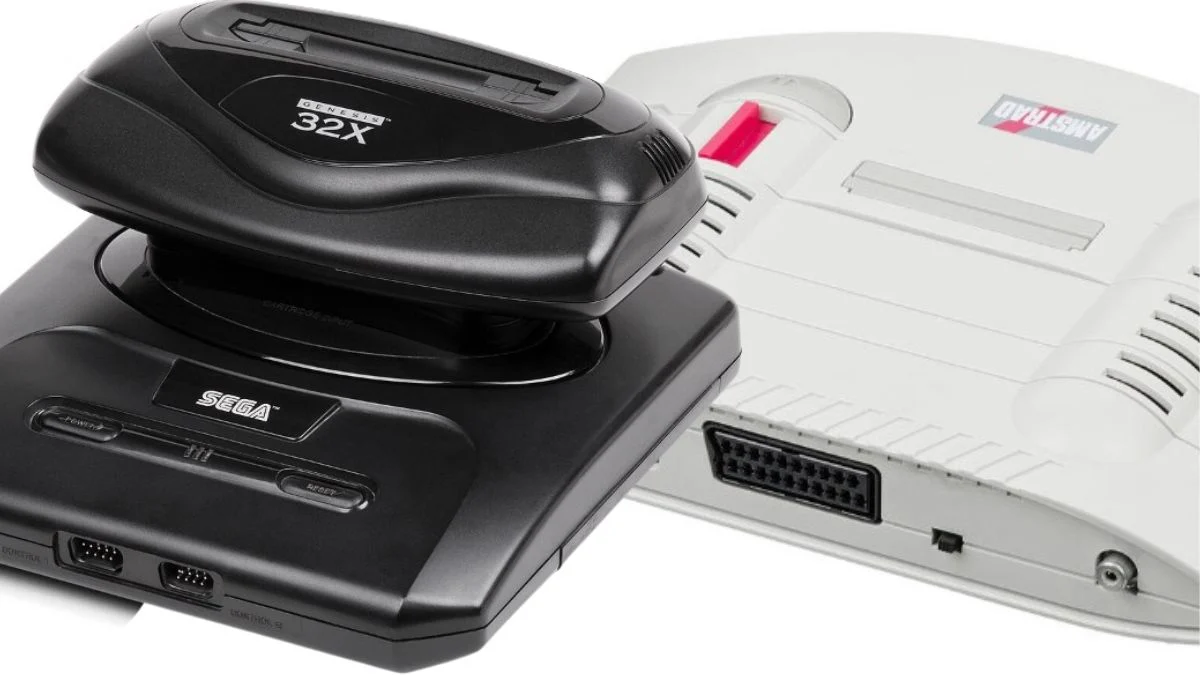
Many gaming consoles have come and gone, and success isn’t guaranteed. Some had great concepts that didn’t appeal to gamers, while others failed due to cost, bad timing, or a lack of available games. The history of these systems proves just how competitive the gaming market is.
This list highlights hardware that didn’t succeed, whether due to poor sales, lack of support, or a short lifespan. We’ve looked at release dates, technical details, available software, and how the product performed in the market to explain why each device failed.
Nintendo Wii U
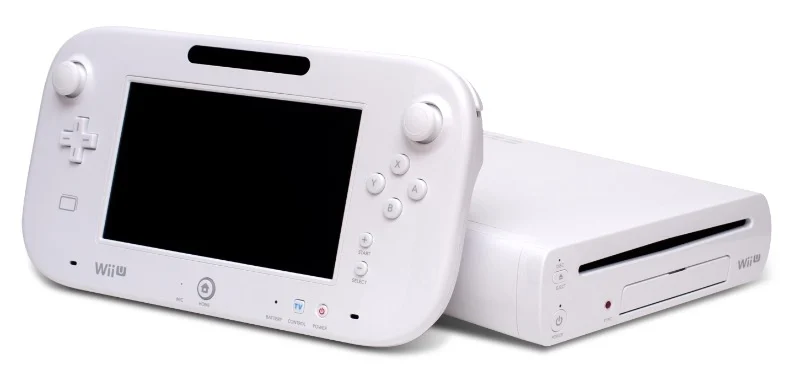
In 2012, Nintendo released the Wii U, a home console that included a unique GamePad controller with its own built-in screen. Inside, it used a PowerPC processor and a special graphics chip made by AMD, and could display some games in 1080p high definition. The Wii U was designed to work with all existing Wii games and accessories. Over its lifetime, approximately 13 million units were sold globally before Nintendo stopped making it in 2017.
The system encouraged developers to create games that used a second screen, but many outside studios stopped supporting it after a few years. Nintendo also shut down the online Miiverse service. Eventually, several popular first-party games were re-released with improvements on the Switch, which launched in 2017 and became Nintendo’s primary console, replacing the Wii U.
Sega 32X
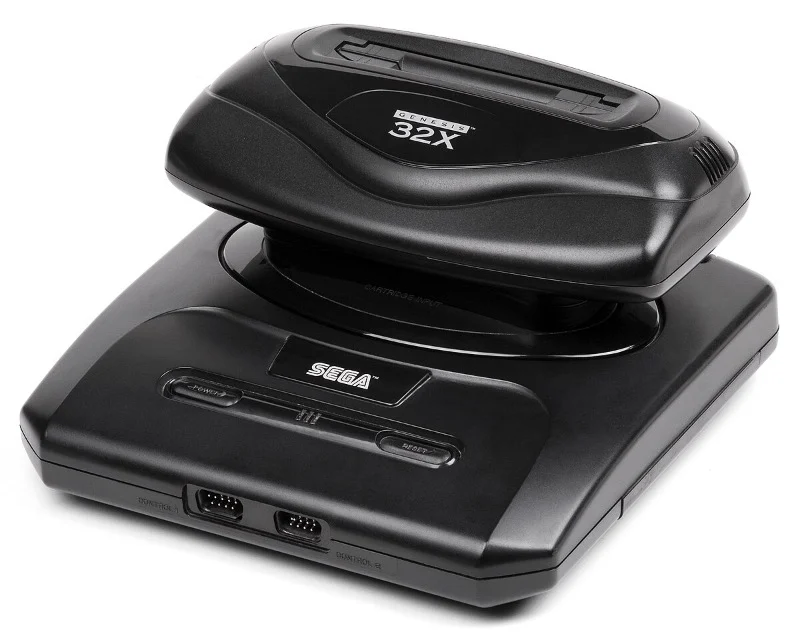
In late 1994, Sega released the 32X, an add-on for its Genesis console. It boosted the system’s power with two new 32-bit processors and improved colors, hoping to keep the Genesis relevant as gaming technology advanced. About twenty-four games were made for the 32X, but it only sold under one million units and was discontinued by 1996.
Retailers weren’t sure how many 32X and Sega CD systems to order, and when Sega announced the Saturn, their marketing priorities quickly changed. This led to very few games being made for the 32X. Several projects were canceled or moved to different consoles, and sales dropped off quickly as Sega stopped actively supporting the system.
Nokia N-Gage
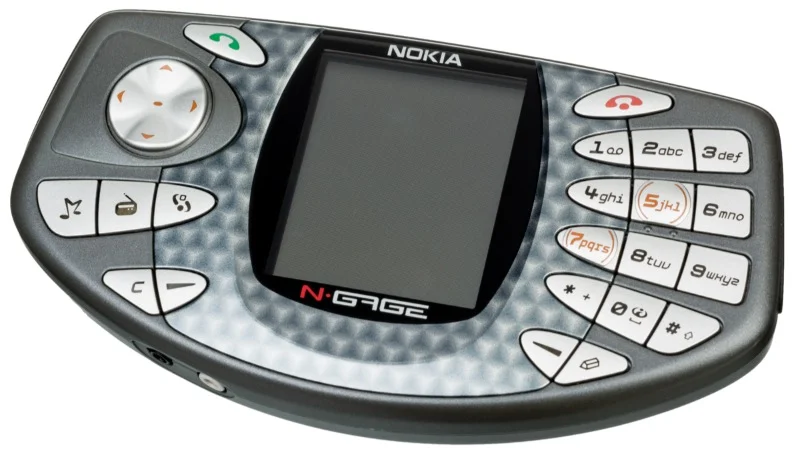
In 2003, Nokia launched the N-Gage, a device that combined a handheld game console with a mobile phone. It ran on the Symbian operating system and played games stored on MMC cards. The original N-Gage required users to remove the battery to change games, and it featured a speaker on the side for phone calls. Nokia released an improved version, the N-Gage QD, in 2004. Despite some popularity, the platform only sold a few million units before being discontinued.
Popular game franchises were available, but often had to be adjusted to work well on the N-Gage’s smaller screen and controls. Online features depended on the N-Gage Arena, which shut down when Nokia stopped developing the platform. Afterwards, Nokia focused on creating games for its more common Series 60 phones.
Amstrad GX4000
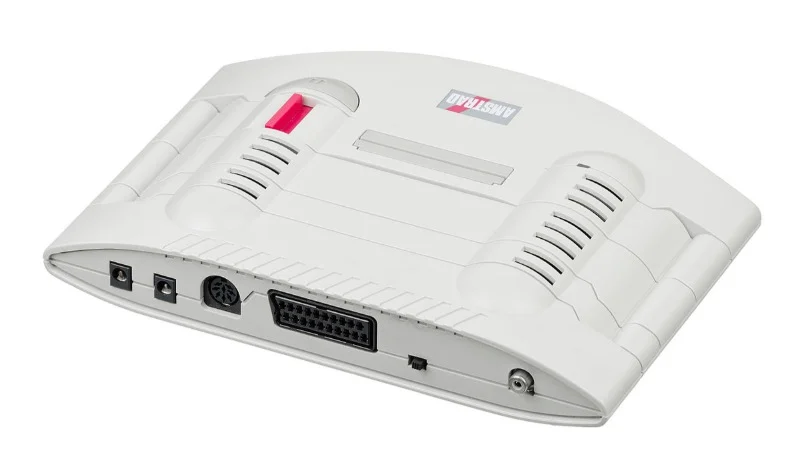
In 1990, Amstrad released the GX4000, a game console built using technology from their CPC Plus home computer. It offered improved graphics and special effects compared to previous CPC models. However, very few games were actually made for the console on cartridges, and many were simply ports of existing computer games. Sales were poor – estimated to be only tens of thousands of units – and the console was discontinued shortly after its release.
The system launched at a difficult time, as 16-bit consoles were already well-established. This made retailers hesitant and discouraged developers from creating games for it. Because it lacked unique games and wasn’t widely marketed beyond a few European countries, the system quickly lost popularity and was discontinued within a year.
Apple Pippin

In 1996, Apple launched the Pippin, a gaming and internet device, through various partners, primarily Bandai, who released the Pippin Atmark and @World. It used a PowerPC 603 processor and a simplified version of the Mac operating system. The Pippin included a CD-ROM drive and a modem for connecting to the internet via dial-up. Though production numbers are estimated to be less than 100,000, the platform was discontinued by 1998.
The console focused on educational and multimedia software, with few traditional games available. Its high price tag limited its appeal compared to other gaming systems and computers of the era. When Apple changed its product strategy, they discontinued the console, and support for it eventually ended.
Philips CD-i

Philips launched the CD-i in 1991 as a system for interactive entertainment, including games. Initially, it was quite expensive and aimed at families wanting to enjoy CD-based video games, music, and educational programs on their TVs. Throughout its lifespan and various updated versions, the CD-i is estimated to have sold about one million units.
Early on, a variety of software emerged for the system, but it never offered the same wide range of games as traditional consoles. Many of the games were innovative and experimental, and often used full-motion video, a common technique at the time. However, as competing systems became more affordable and PCs began including CD-ROM drives, the CD-i system was discontinued.
Ouya

I remember when the Ouya first came out in 2013 – it was a really exciting time! It launched after a hugely successful Kickstarter campaign and was this tiny little Android-powered console with a cool Bluetooth controller. What I loved about it was the idea of a marketplace right in my living room, filled with indie games. And the best part? The console itself was super affordable – under a hundred bucks! Plus, every game had to offer a free trial, so you could actually *try* before you bought. It felt like a really innovative idea back then.
Early excitement around the Ouya console faded when developers didn’t see much money coming in. Razer bought the company in 2015, but closed down the online store and related services in 2019. This meant many games stopped working on the original console unless they could be played offline.
Atari Jaguar

The Atari Jaguar launched in 1993, heavily advertised for its 64-bit processing power. Inside, it used special chips called Tom and Jerry, managed by a Motorola 68000 processor. While it had around a few dozen games available for purchase, including some popular arcade-style and first-person shooters, sales totaled in the hundreds of thousands before production stopped in 1996.
Developing this console was way harder than we thought because it used a bunch of different chips. A lot of the cool stuff we planned either got changed or came out as simpler versions. Remember that CD-ROM add-on Atari announced in ’95? It didn’t really take off, and there weren’t many games that worked with it. As newer, better consoles came out, stores started giving it less and less space, and eventually, it just faded away.
Virtual Boy

In 1995, Nintendo released the Virtual Boy, a unique tabletop gaming system that created 3D visuals. It used a special red and black display powered by a single LED and moving mirrors. The system came with a stand and a controller featuring two directional pads. Unfortunately, it didn’t sell well, with estimates placing lifetime sales below one million units, and Nintendo stopped making it in 1996.
The Virtual Boy didn’t have many games, and most were only available in Japan and North America. Because of how people played the games, sessions were usually short, and stores didn’t get many units. Nintendo then decided to focus on the Game Boy and later the Nintendo 64, ending the Virtual Boy project after just one year.
Gizmondo

The Gizmondo, a handheld gaming device released in 2005 by Tiger Telematics, stood out for including GPS and cellular capabilities. It operated on Windows CE, had a 2.8-inch screen, and used SD cards for memory. Initially available in the UK, it later launched in the US with a limited selection of games and apps. Unfortunately, sales were very poor – typically numbering in the tens of thousands – and the device was discontinued in 2006 when the company went bankrupt.
The system didn’t have many marketing or retail partnerships, and ambitious ideas like games that used your location never really took off. When the company that made it went out of business, leftover stock was sold off cheaply, and the game stopped receiving updates or support. There wasn’t a new version created, and the tools used to make games for it are now mostly just collector’s items.
Share the systems you would add or swap in the comments so everyone can compare notes.
Read More
- Silver Rate Forecast
- Красный Октябрь акции прогноз. Цена KROT
- Gold Rate Forecast
- Nvidia vs AMD: The AI Dividend Duel of 2026
- Dogecoin’s Big Yawn: Musk’s X Money Launch Leaves Market Unimpressed 🐕💸
- Bitcoin’s Ballet: Will the Bull Pirouette or Stumble? 💃🐂
- Navitas: A Director’s Exit and the Market’s Musing
- LINK’s Tumble: A Tale of Woe, Wraiths, and Wrapped Assets 🌉💸
- Can the Stock Market Defy Logic and Achieve a Third Consecutive 20% Gain?
- Solana Spot Trading Unleashed: dYdX’s Wild Ride in the US!
2025-10-09 07:51